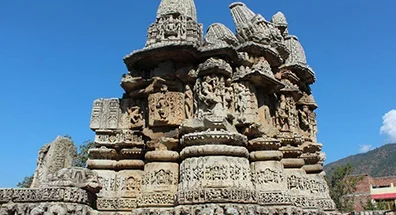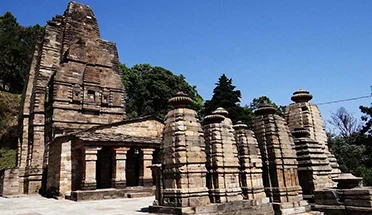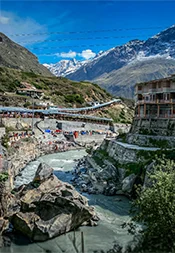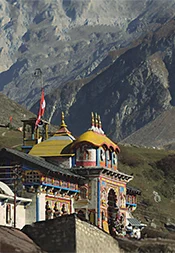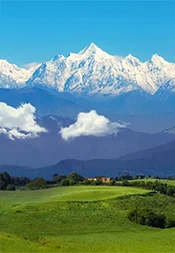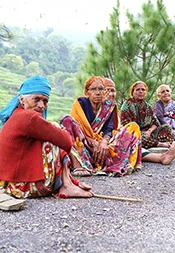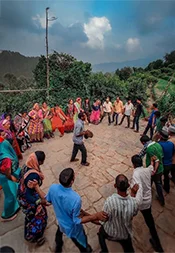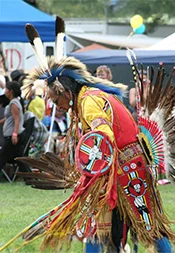Uttarakhand, the land famous for its myths and legends, is an abode which has attracted people from all walks of life to the tranquillity and spirituality it has to offer, since time immemorial. From a cultural point of view, the stories passed down generations in the form of folk songs and myths, add to the rich heritage it possesses.
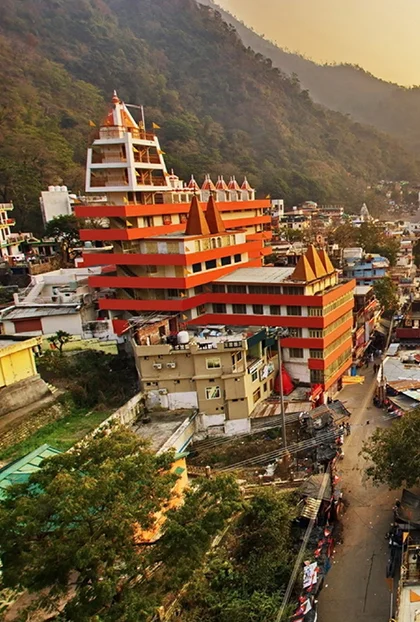
History
But the same poses a challenge when we start looking for the real history of the region. Other than the fact that most of the history we read focuses on royal families of the time and their act(s) of bravery or foolishness, we never get a clear picture of what and how the common folks lived.
After all, they constitute a major portion of a society. Also, with the lack of record about the same, people tend to ignore or not mention the parts they do not find interesting or are not proud about. So, after the whole human filtration, what we get cannot be claimed as the real history. In this respect, we should be thankful to the British Raj and their missionaries for their extensive record keeping which gave us a better picture of the 19th century history of Uttarakhand and the many historians who’re working relentlessly to read into the history of the earlier period.
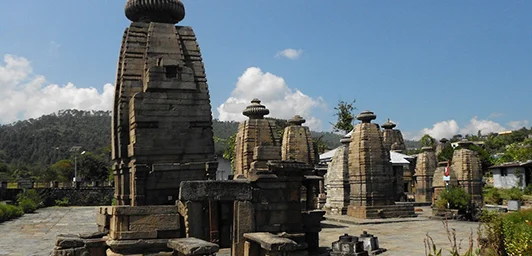
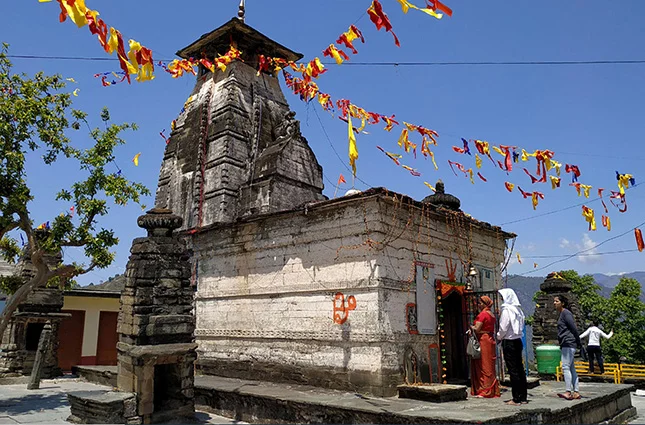
Kingdoms of Uttarakhand
There were also astrologers, artists and poets from the royal courts, like Mola Ram and Bharat Kavi Bahuguna whose historical writings and poems give us an insight into the Garhwal Kingdom. Kingdoms from the Kumaon region marked their presence with the coinage system and architectural marvels.
Khasas (also known as Khassa/ Khasa) are the earliest recorded Indo-Aryan tribes who inhabited these valleys much before the vedic period penetrated the region. They have been mentioned as the Bahlikhi speaking, worshippers of fire in the texts of Satapatha Brahmana. Though, no concrete evidence has been reached about their origin, majority support the theory of them being immigrants from Central Asia. They defeated and dominated the many other tribes like Kolas, Kiratas and Nagas, and brought most of the Himalayan region under their hold. They maintain a special place when it comes to the socio cultural scenario of Uttarakhand.
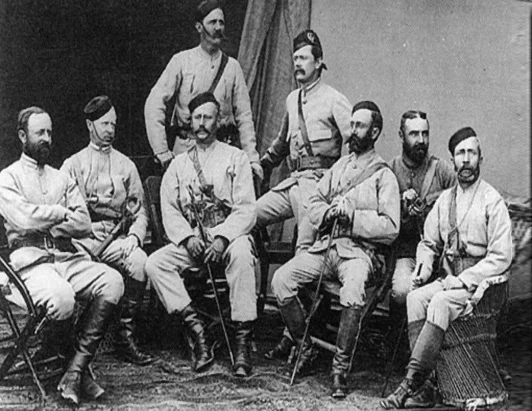
Invasion of Garhwal & Kumaon
The shift to modern history starts with the invasion of the Kumaon region by Gorkhas from Nepal. Under the command of Bamshah Chauntariya and Amar Singh Thapa, they attacked a considerably weak Chanda throne and later proceeded to attack the Garhwal Kingdom which was under the rule of the powerful Pradyumna Shah. Pradyuman was a man of courage as he died in the battlefield fighting the Gorkha offensive. Thus, almost all of the Uttarakhand state was brought under the Gorkhas, who ruled the region with an iron fist, including heavy taxation and human slavery.
But, towards the end of 1815, the Britishers with the help of Garhwali and Kumaoni soldiers were able to dethrone the Gurkhas and make them sign the Treaty of Sugauli which annexed most of the Gorkha territory into British Raj. Under the British rule, Uttarakhand was divided (for strategic reasons) into two divisions, the Garhwal Division and the Kumaon Division. After independence, with the passing of Uttar Pradesh Reorganization Bill on 9th August, 2000 Haridwar was also included in the state of Uttaranchal, which finally came into existence on 9th November, 2000.

